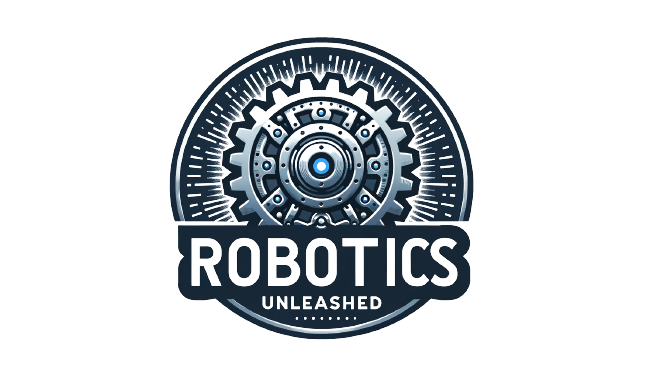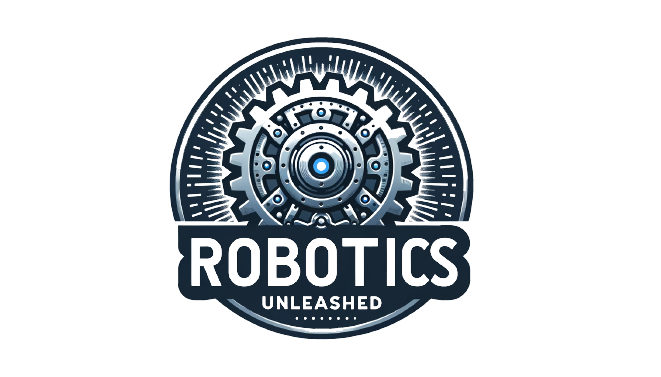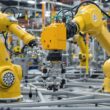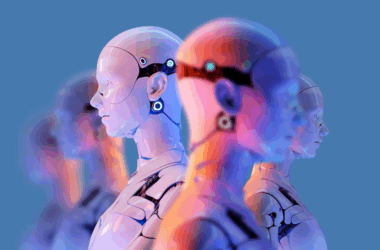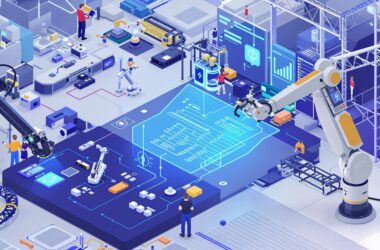Cognitive robotics is an interdisciplinary field that is concerned with creating intelligent machines that work and interact with humans in real-world environments. It involves the integration of AI, machine learning, and robotics to enable machines to understand, reason, and learn from their surrounding environments.
Cognitive robotics is a relatively new field, and it has been steadily growing over the last decade. The field is continually evolving, and with technological advancements, researchers are working hard to develop intelligent machines that adapt and learn from their environment and make decisions independently.
Key Concepts
Artificial Intelligence and Machine Learning
Artificial intelligence (AI) is a branch of computer science that deals with creating intelligent machines that can perform tasks that usually require human intelligence. Machine learning is a subset of AI that focuses on systems that can automatically learn and improve from data.
Sensorimotor Control
Sensorimotor control is the ability of robots to perform actions based on feedback from their surrounding environment. This enables them to sense changes in their environment and take appropriate actions.
Perception
Perception involves the robot’s ability to sense and interpret information from its environment. This includes the ability to process speech, recognize objects, and understand natural language inputs.
Planning and Decision-Making
Planning and decision-making are essential components of cognitive robotics. Cognitive robotics aims to develop intelligent systems that can make rational decisions and plan systematically under uncertain and dynamic conditions.
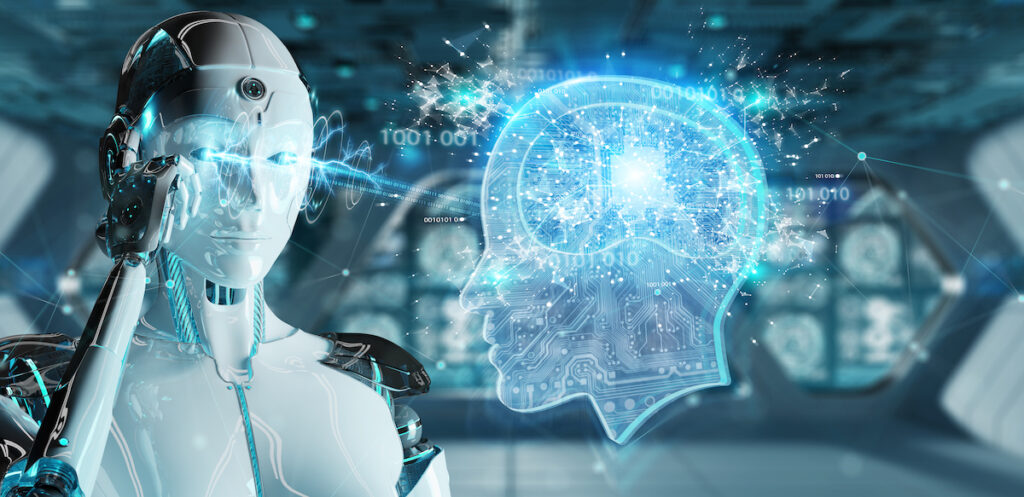
Applications of Cognitive Robotics
Manufacturing and Assembly
Cognitive robotics have many applications in manufacturing and assembly lines. These machines can perform complex tasks like picking and placing items and assembling items with a high level of accuracy and efficiency.
Healthcare
In healthcare, robots can be used for telemedicine, rehabilitation, and in the operating room. Robots can enable healthcare professionals to remotely monitor and treat patients, and robotic assistants can help with rehabilitation exercises, reducing the need for human assistance.
Defense and Security
Cognitive robotics also has applications in defense and security. Intelligent robots can be used to explore hazardous areas and provide essential information to security personnel. In military applications, robots can perform surveillance and reconnaissance operations without putting human personnel in danger.
Space Exploration
Robots are also used in space exploration. Intelligent robots can be deployed to explore new planets and perform research tasks without the need for human intervention.
Advantages of Cognitive Robotics
Efficiency
Cognitive robotics offers exceptional efficiency, especially in repetitive and tedious tasks. These robots can work tirelessly for hours, ensuring no mistakes are made.
Accuracy
Intelligent robots are designed to perform tasks with a high level of accuracy, making them indispensable in manufacturing and quality control.
Flexibility
Flexible robots can adapt to changes in their environment, making them useful in situations that require dynamic and unpredictable responses.

Challenges and Limitations
Legal and Ethical Concerns
The use of intelligent robots raises legal and ethical concerns, such as privacy, safety, and data protection. There are concerns about liability in the event of an accident involving robots that were not adequately tested.
Cost and Accessibility
The cost of developing and using cognitive robots may present a barrier to entry. The cost of building and maintaining intelligent robots may be too high for some companies, and the technical know-how required to build such machines may not be available to everyone.
Cognitive Limitations
Cognitive robotics is still evolving, and its capabilities are still limited. Robots may experience difficulty in making independent decisions when presented with complex tasks and situations.
Future of Cognitive Robotics
Predictions and trends
The future of cognitive robotics looks promising, with many analysts predicting exponential growth of this technology. Intelligent robots will continue to play an essential role in different industries and wear many hats.
Potential Impact on Society
Cognitive robots can revolutionize the way we work and interact with the world. They can perform tasks that are too dangerous or mundane for humans, allowing humans to focus on more complex and creative work.
Conclusion
The field of cognitive robotic is interdisciplinary and rapidly growing. It uses AI, machine learning, and robotics to create intelligent machines that can understand, reason and learn from their surroundings. Cognitive robotics can have many applications in manufacturing, healthcare, defense and security industries.
Cognitive robotics is dynamic and rapidly evolving. It promises many benefits, but it also raises ethical, legal, and technical concerns. However, with careful consideration of these issues, cognitive robotics will undoubtedly bring significant benefits to humanity and revolutionize many industries.
